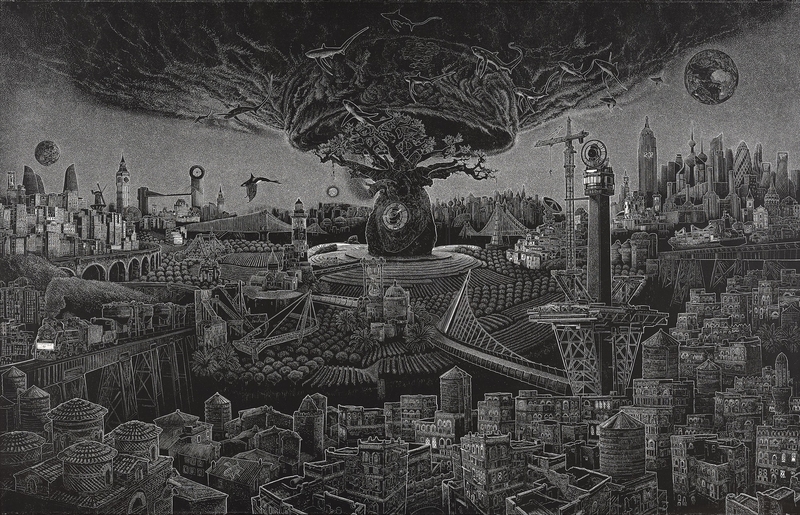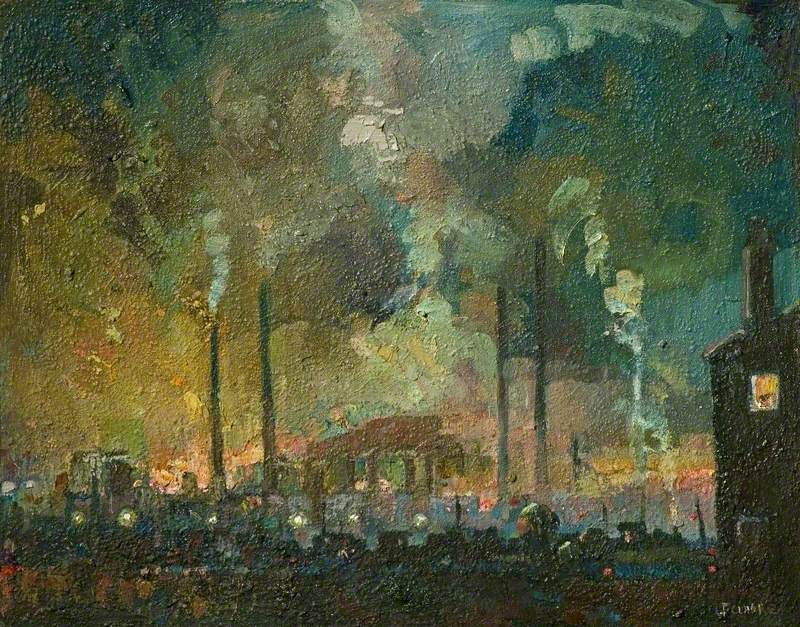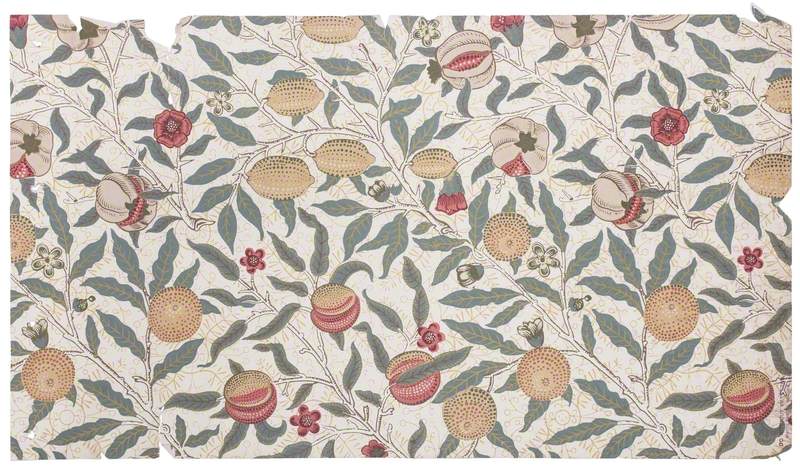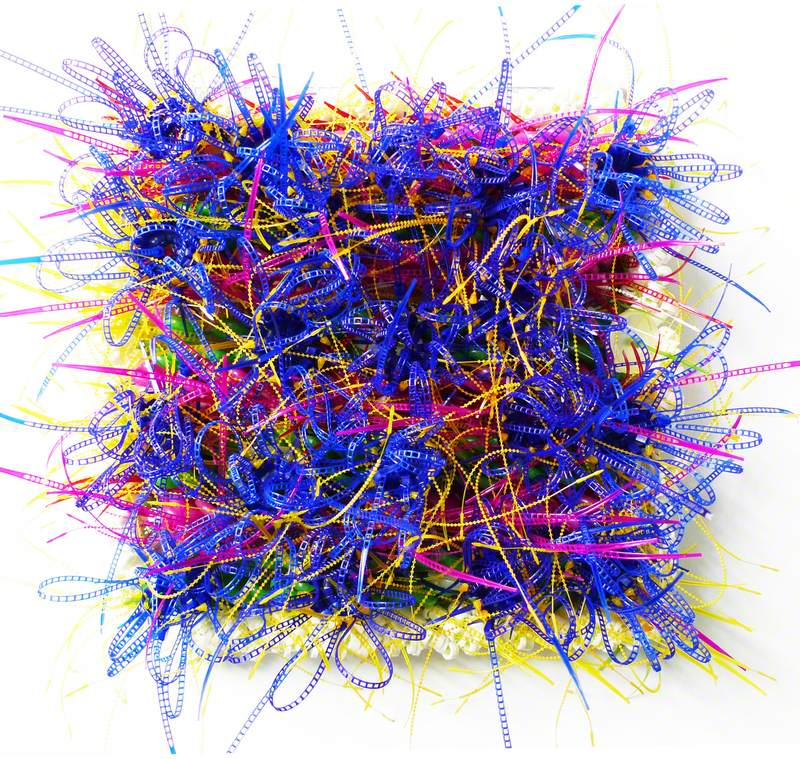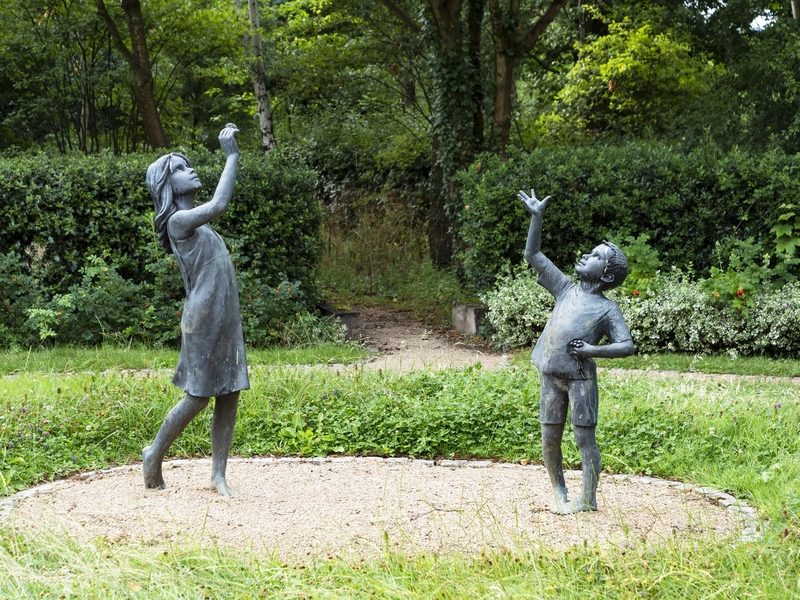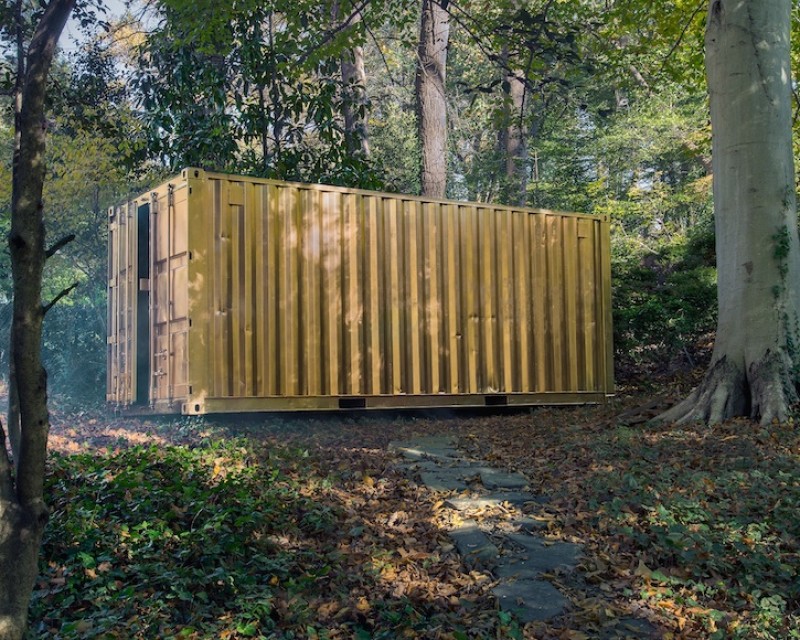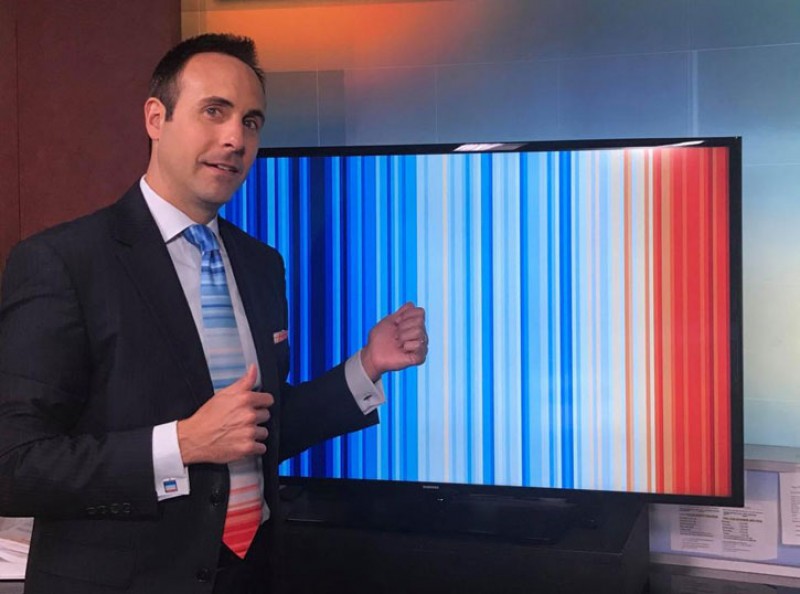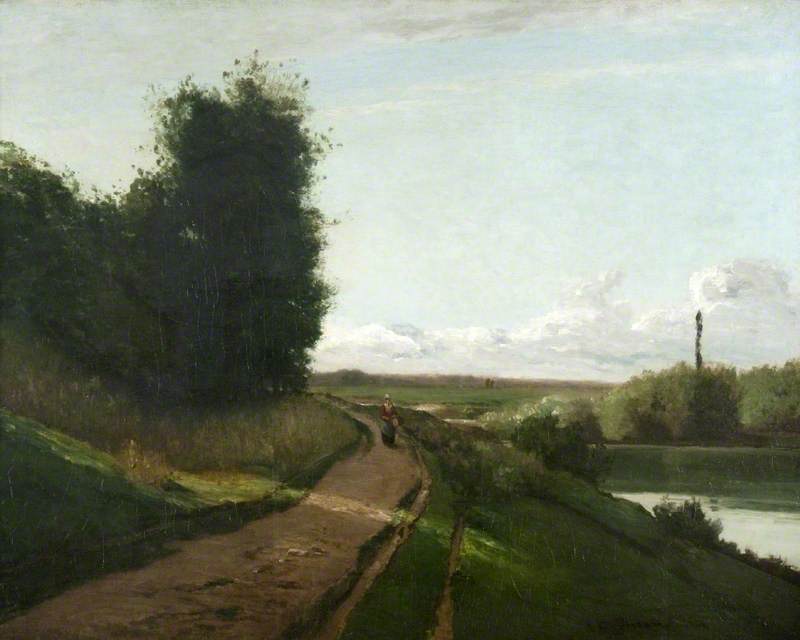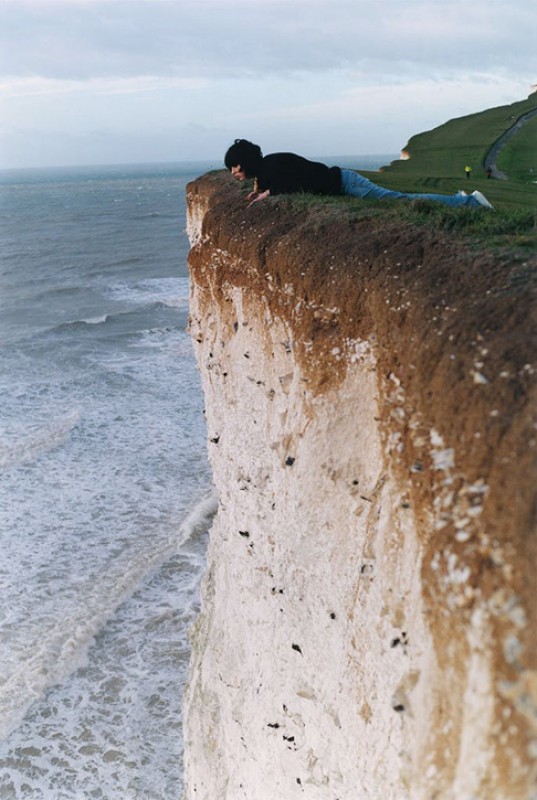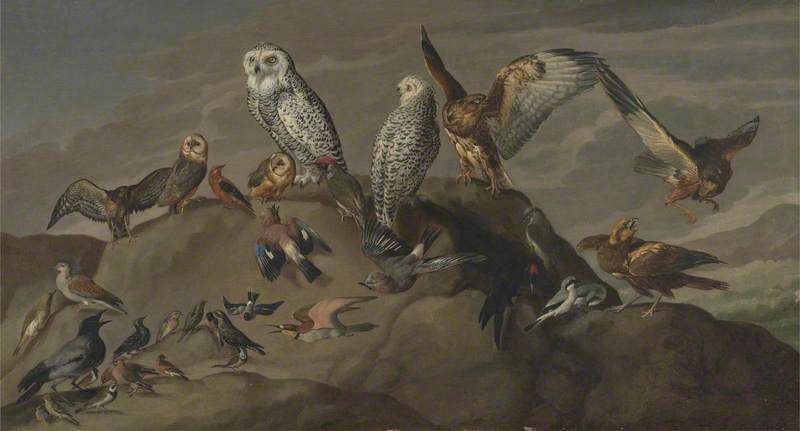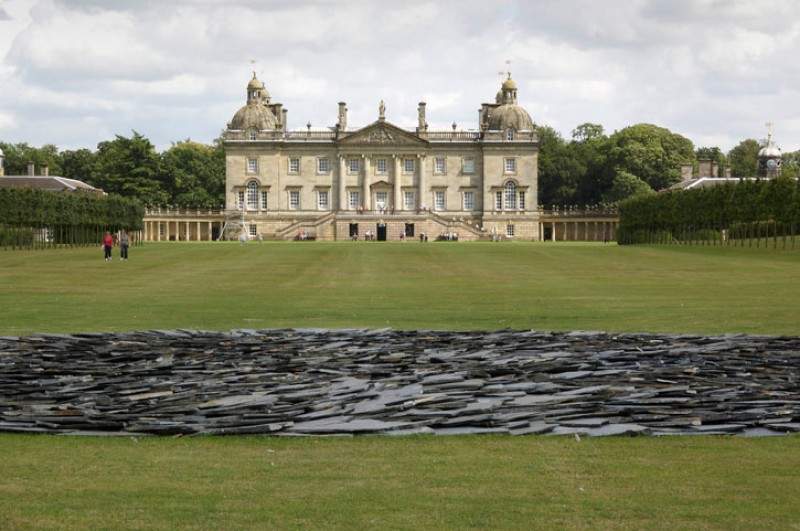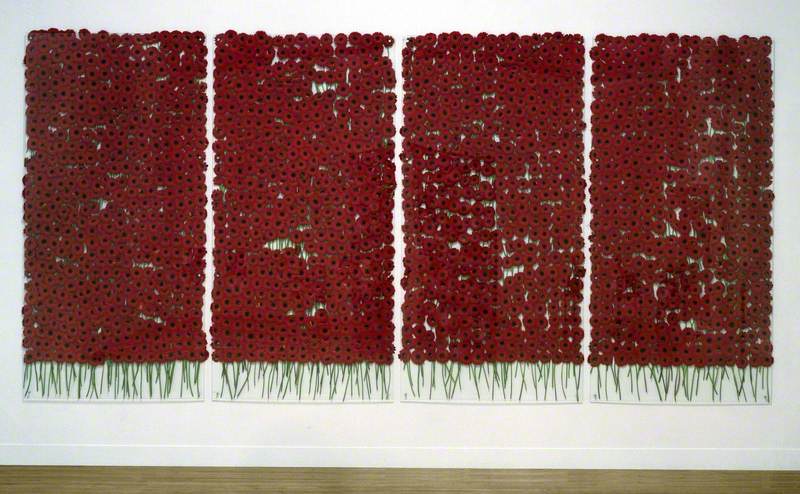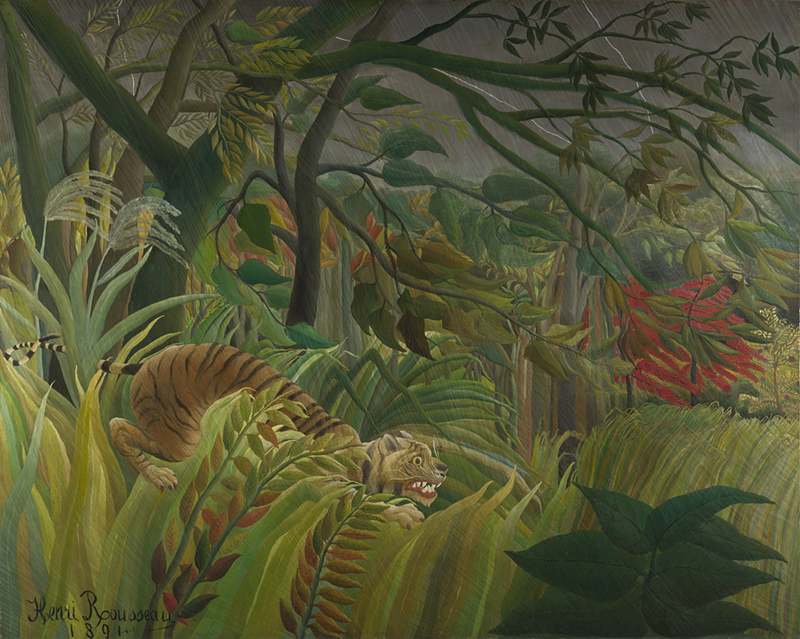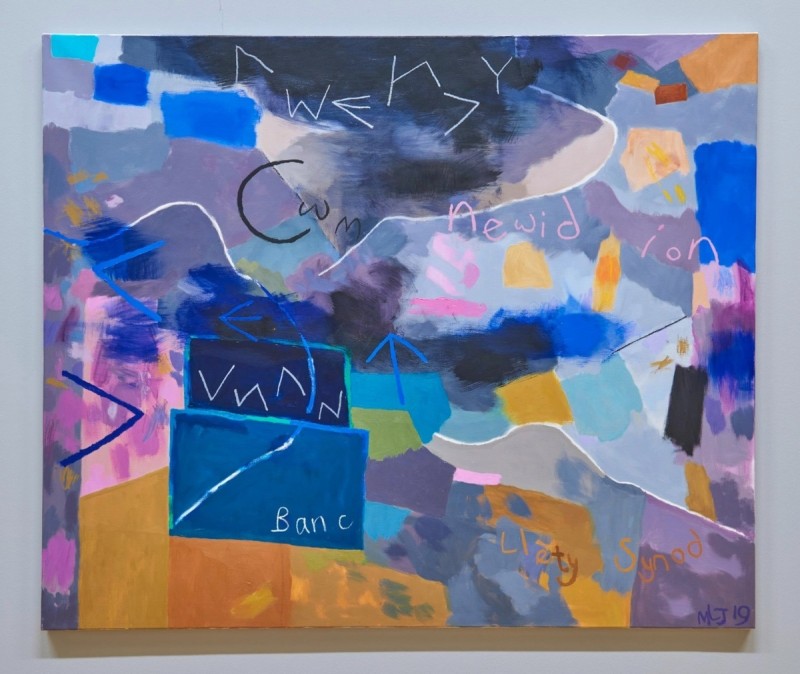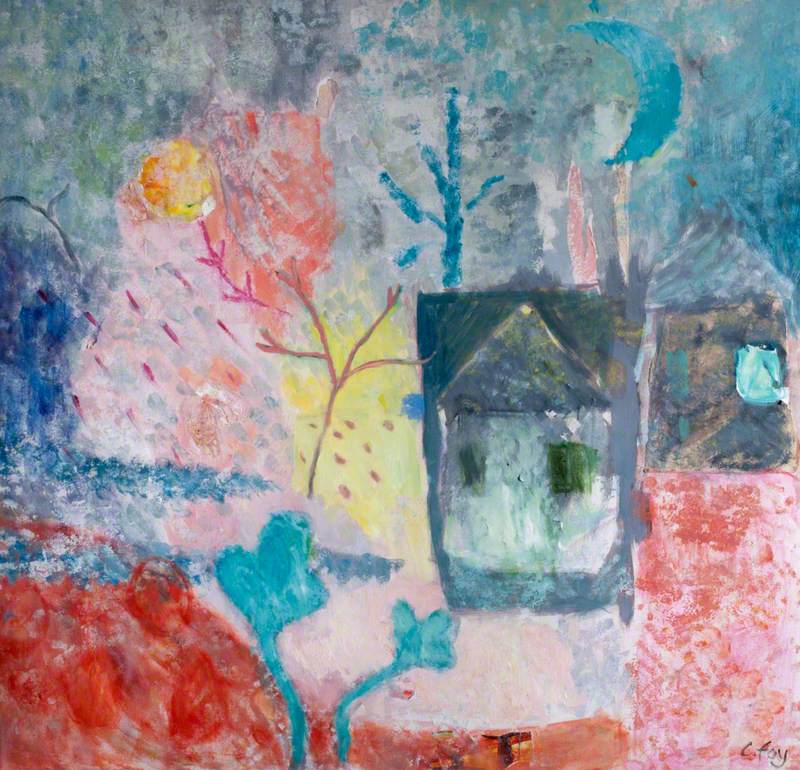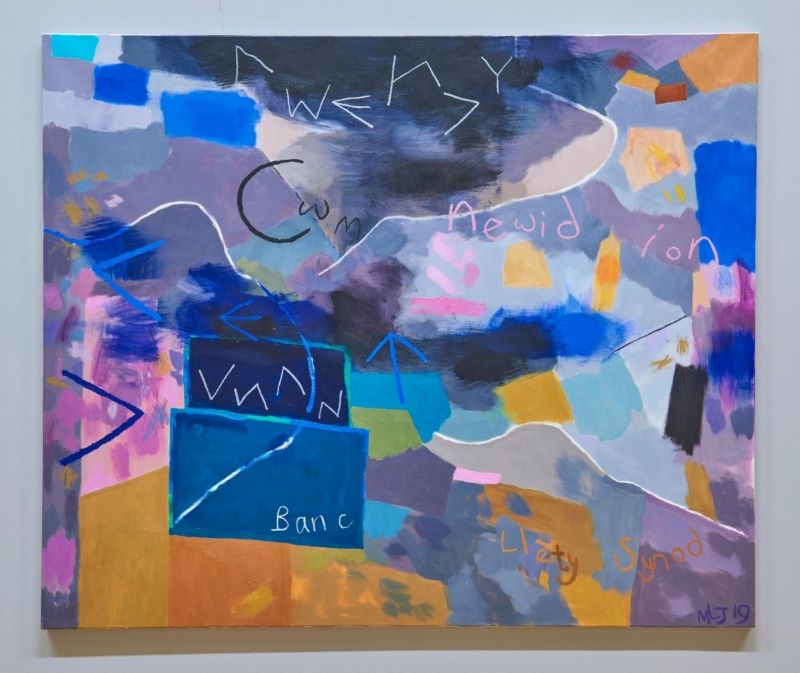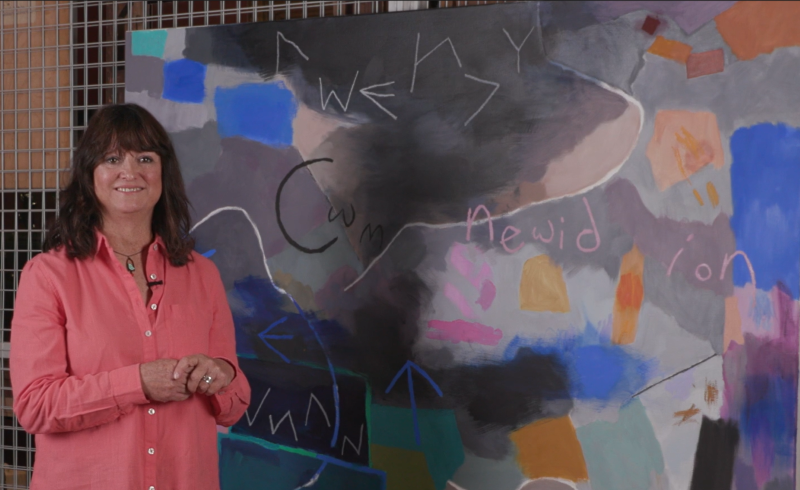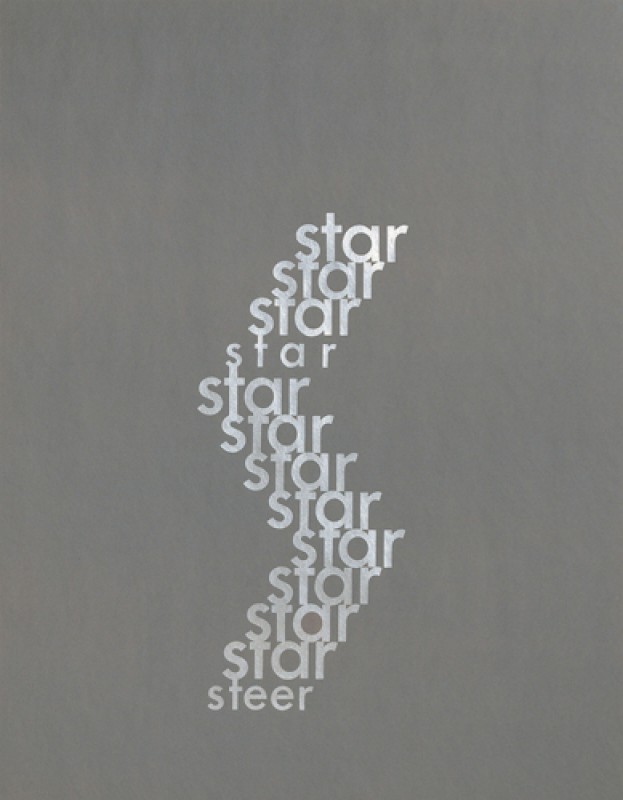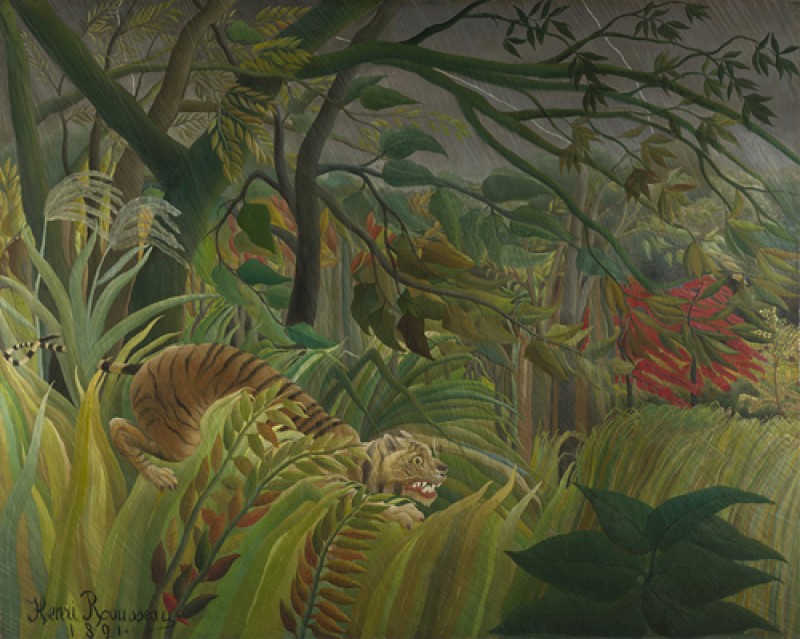Climate change, the environment and us
From the energy we use to what we eat, wear and throw away, human activity has a huge impact on our environment. The damage caused by climate change and issues such as pollution and waste affects everyone, but its impact will be felt most by children and young people. In 2021 a global survey led by Bath University showed that nearly 60% of young people are worried about climate change.
We've gathered a selection of learning resources from our partner museums, galleries and art collections around the UK which help explain and provide suggestions for creative ways of investigating and responding to climate change and the ecological emergency, with your students.
British Council resources: climate change, plastics, pollution, and zero waste
The British Council's Connecting Classrooms website has a range of useful resources for primary and secondary-age students that can be used in the classroom or at home. Take a look at resources that can help you bring positive climate action to your classroom.
Climate resources for School teachers
Open University: Open Ecologies films
Watch two ten-minute documentary films created for secondary students by the Open University as part of the 'Art and Climate Change' project.
Landscapes of Change asks viewers to consider the ways in which nineteenth-century landscape painters responded to the industrial revolution. Hunting for Feathers focuses on feathers in fashion and the clothing and accessories worn by female sitters, in relation to biodiversity and species loss.
Art UK resources
Collage your future environment
This lesson plan was inspired by the OU's film 'Landscapes of Change' and includes ideas for exploring industrial landscapes near where you live and creating a collage picturing what future landscapes might look like.
Changing landscapes: Collage your future environment
Fashion, biodiversity and climate change
Explore the impact that the fashion industry has on ecology and climate change with these two fashion resources.
Dressed not to kill: fashion and biodiversity
Fast fashion and sustainable fashion design
Resources from Kew on ecology and climate change
The Royal Botanic Gardens at Kew's resources are designed for home or classroom learning. The resources for primary and secondary students explore themes such as how we can tackle biodiversity loss and threats to temperate plants caused by climate change, as well as food sustainability and tackling world hunger.
Download Kew's learning resources from their website
Climate scientists warn that rising temperatures and global warming will cause irreversible damage to the environment. We have until 2030 to limit global temperature rises to 1.5˚c and prevent extreme weather conditions from impacting the lives of millions of people.
Explore climate change and pollution with Amgueddfa Cymru — National Museum Wales
Find inspiration on practical ways to bring the challenges facing nature to life, with these resources from Amgueddfa Cymru — National Museum Wales. Investigate the journey of carbon in the environment, and research and design games that explore the impact of climate change on different species. Find out about air pollution and investigate how toxins, pesticides, and particulate matter impact nature.
Visit the Museum website and download their EXPLORE: Climate Change pack
Visit the Museum website to download their EXPLORE: Pollution pack
Be inspired by early environmentalist William Morris
You may have heard of William Morris as a designer, but did you know that he was also an early environmentalist? His novel News from Nowhere imagines a utopian future and his wallpaper and textile designs drew upon nature to provide people with a deeper connection to the natural world.
The Youth Forum at The William Morris Society produced a zine that addresses the environmental crisis, encourages people to live more sustainably, and aims to mobilise a movement of climate activists inspired by William Morris and the wider Arts and Crafts movement.
Browse the zine "The earth and the growth of it and the life of it!"
Look closely at Wlliam Morris's iconic Strawberry Thief design, inspired by birds in his garden and find ideas an research his work as an early eco-warrior. This Art UK resource is deigned for secondary students.
Pattern and identity: William Morris's Strawberry Thief
What a load of rubbish!... plastic in our oceans
Did you know that around 10 million tonnes of plastic enter the ocean every year? Decades of poor waste management and overuse of single-use plastics have damaged our seas and their marine life.
Through the Horniman Museum's World Ocean's Day resources for primary students, you can find out more about the damage caused to marine life by plastics and discover activities for learning about what we can do to help save our oceans.
Visit the Horniman Museum's website to see their Nature Challenge: World Ocean's Day resources
Watch the Horniman Museum's home learning resource Turtle Trouble
Climate Stripes: Warming Stripes, Hay-on-Wye, 2017
2018
Ed Hawkins
The climate explored and explained with the Science Museum
From hands-on activities to videos of panel discussions for young learners, the Science Museum has a wealth of resources to support primary and secondary students in exploring and explaining the relationship between the natural environment and human activity.
Explore the Science Museum's climate resources and activities
Recycling – get creative!
Recycling is one of the ways that we can reduce waste, and creativity is key to building a more sustainable world.
Find out how things that people throw away can be re-used with these resources from Art UK, the V&A and Tate.
Art UK resources
Explore ideas for Art and Design lesson plans and activities using materials from your recycling bin and other rubbish!
Primary resources
Secondary resource
Art from everyday objects and materials
V&A resources
This short V&A video looks at how rubbish can be made into something to sit on!
Watch the V&A's video Sitting on Recycling
Discover blog articles on the V&A's website and find out how designers are looking at how to reuse and recycle things that would normally be thrown away: from coming up with new materials to make things, to investigating how fashion can be more sustainable.
And have a go! Join the sustainable fashion revolution by making a stylish bag from recycled textiles.
These resources are suitable for Key Stage 4 / CfE Senior Phase or lifelong learners or could be used for ideas in planning lessons.
Read this V&A blog about recycling old into new
Find out how fashion can be more sustainable in this blog article Circular Fashion
Make your own: Japanese 'Boro' bag
Tate Kids making activities
It's time to dig into your recycling bin – you never know what useful treasures are there...
Visit the Tate Kids website to find out how to re-use the stuff that you've thrown away and make fun things! The activities are suitable for primary-age children and can be easily done at home.
Discover artworks made from recycled materials
Be inspired! Take a look at sculptures from museums, galleries and art collections around the UK that are made from recycled materials.
What could you make from things that are thrown away?
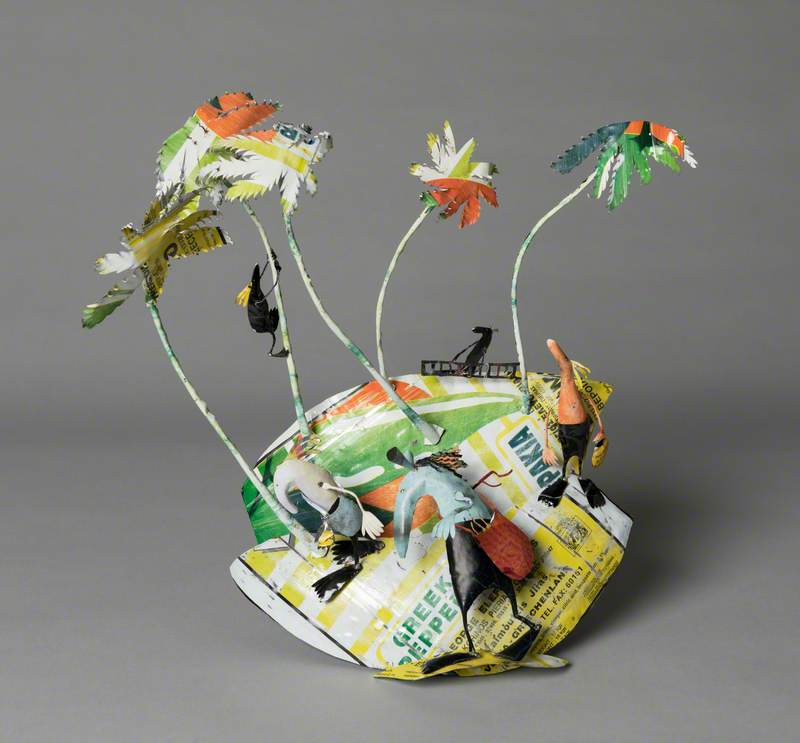
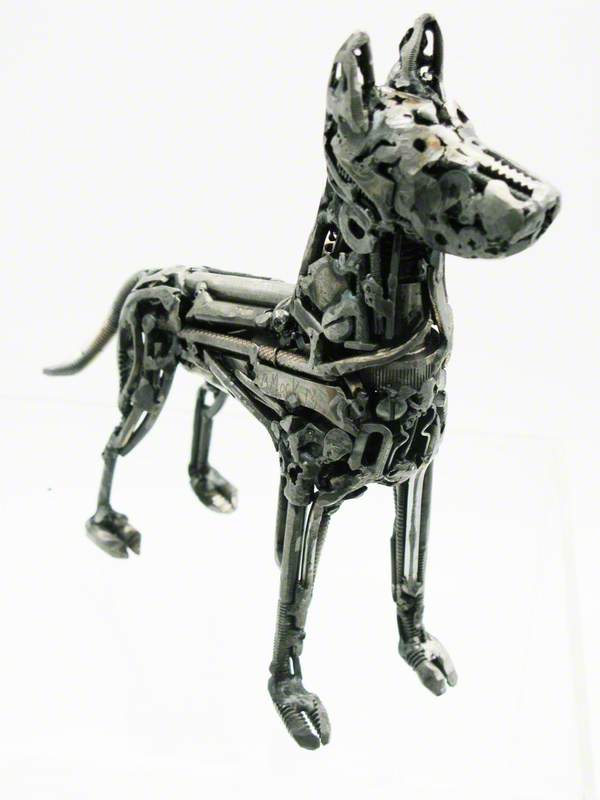
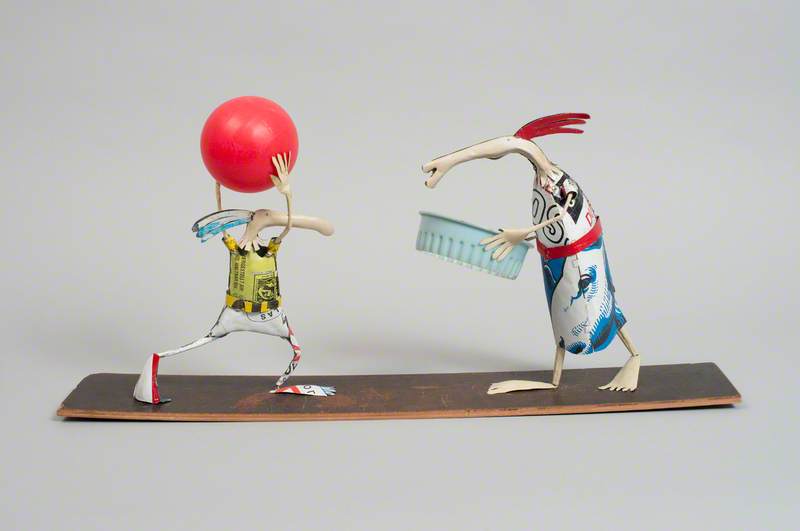
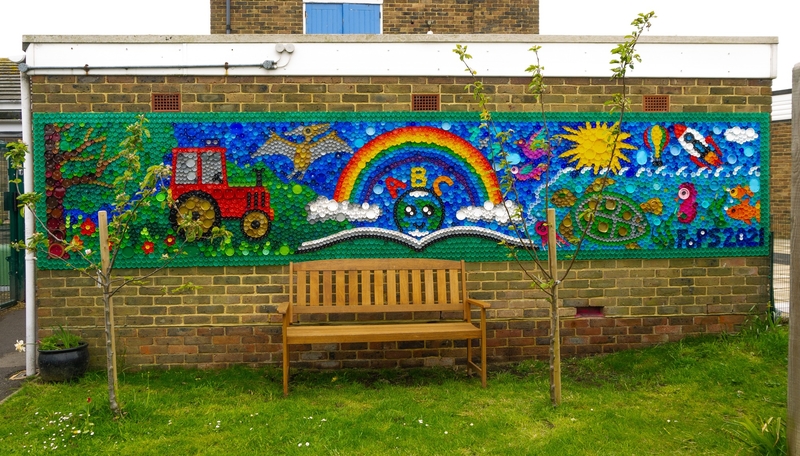
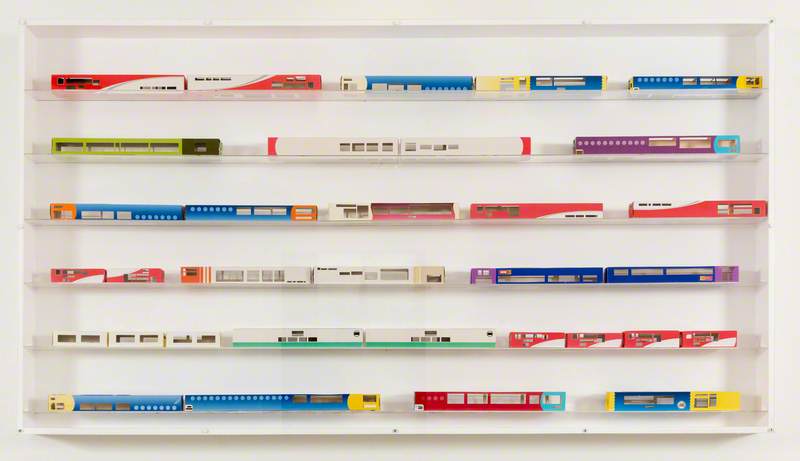

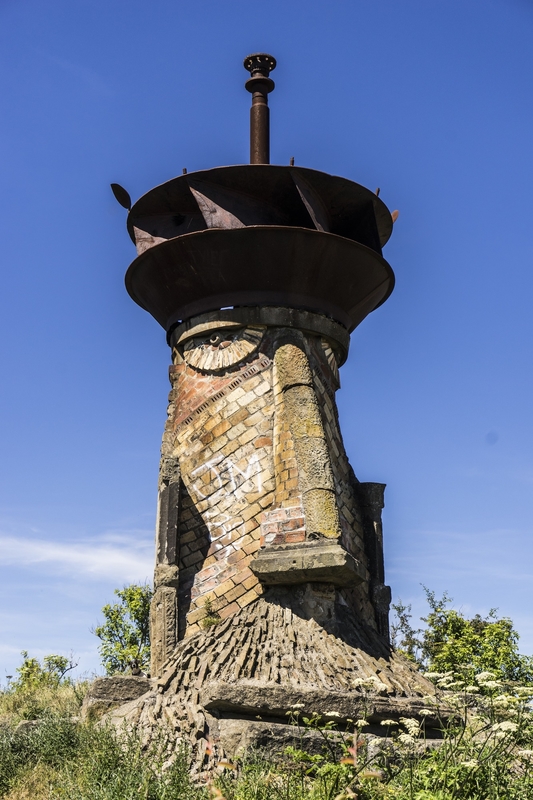
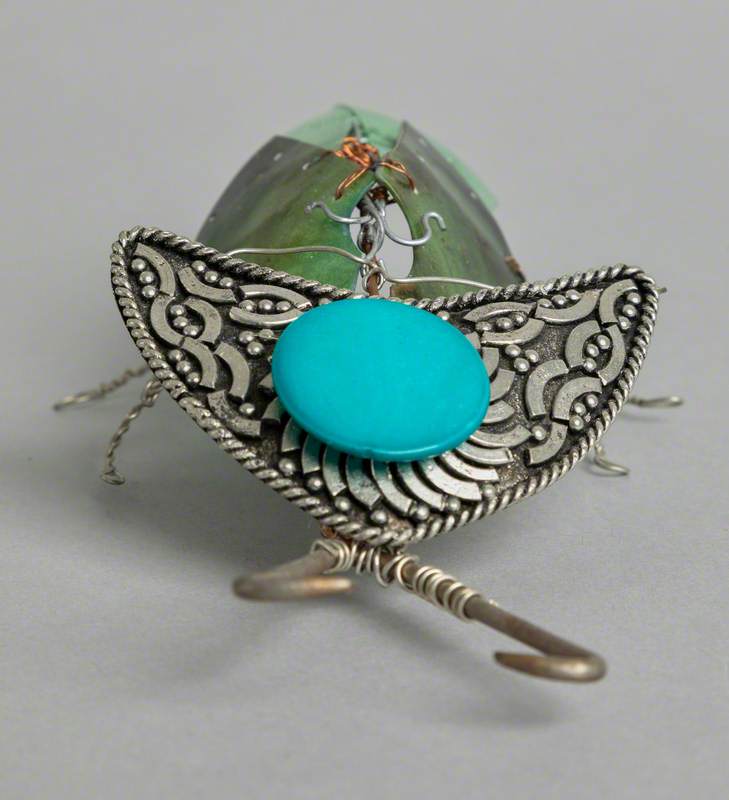
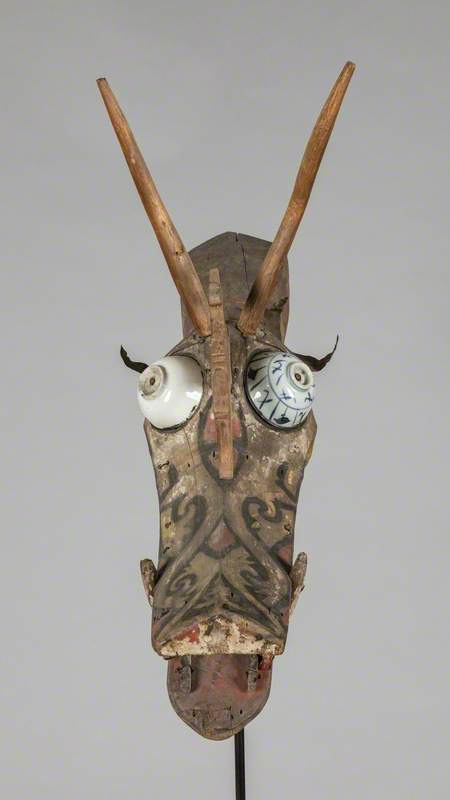
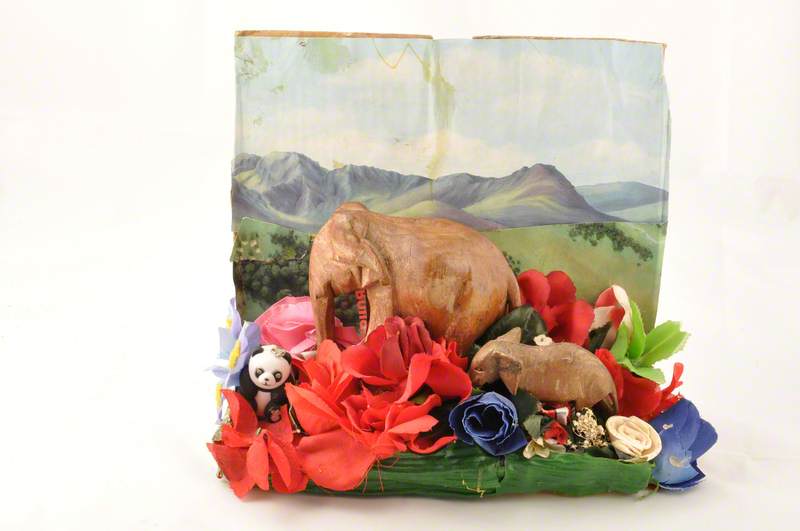
The world around us
The final section of this Round-up resource provides activity suggestions for exploring, enjoying, and sustaining our environment.
Find projects for encouraging wildlife, growing plants, and building a weathervane. Explore how artists have pictured the world around us and discover activities for making art outdoors.
Nature boxes
Make a nature box with this activity from Elgin Museum. Find out more about the bits and pieces that you pick up when you are out in nature and create your own museum display! This activity is suitable for primary years students and would make a great family activity.
Download the Nature Boxes resource from Elgin Museum
Make a bird feeder
This activity from New Art Gallery Walsall is designed to educate primary years students on the importance of seasons for animals and plants and to help identify garden birds.
Visit the New Art Gallery Walsall's website to download the resource
Gardening-themed activities
Find out how to build a weathervane or re-use plastic bottles as self-watering plant pots with these hands-on gardening and weather-themed activities from Amgueddfa Cymru — National Museum Wales. The activities for primary age students are perfect to try at home or in the classroom.
Explore the Spring Bulbs for Schools activity pack
Explore outdoor spaces with learning activities from the National Galleries of Scotland
Motivate learners to engage with our natural heritage with these 10 simple challenges from the National Galleries of Scotland. They can be used in any outdoor space with any age group.
Explore the National Galleries of Scotland's outdoor learning challenges

